HowtoCalibrateaMagnetostrictiveLevelSensorforOptimalPerformance
Calibrating magnetostrictive level sensors is crucial for maintaining measurement accuracy in industrial applications. Proper calibration ensures reliable process control and prevents costly errors in inventory management and process operations. This comprehensive guide walks you through the essential steps to achieve optimal sensor performance.
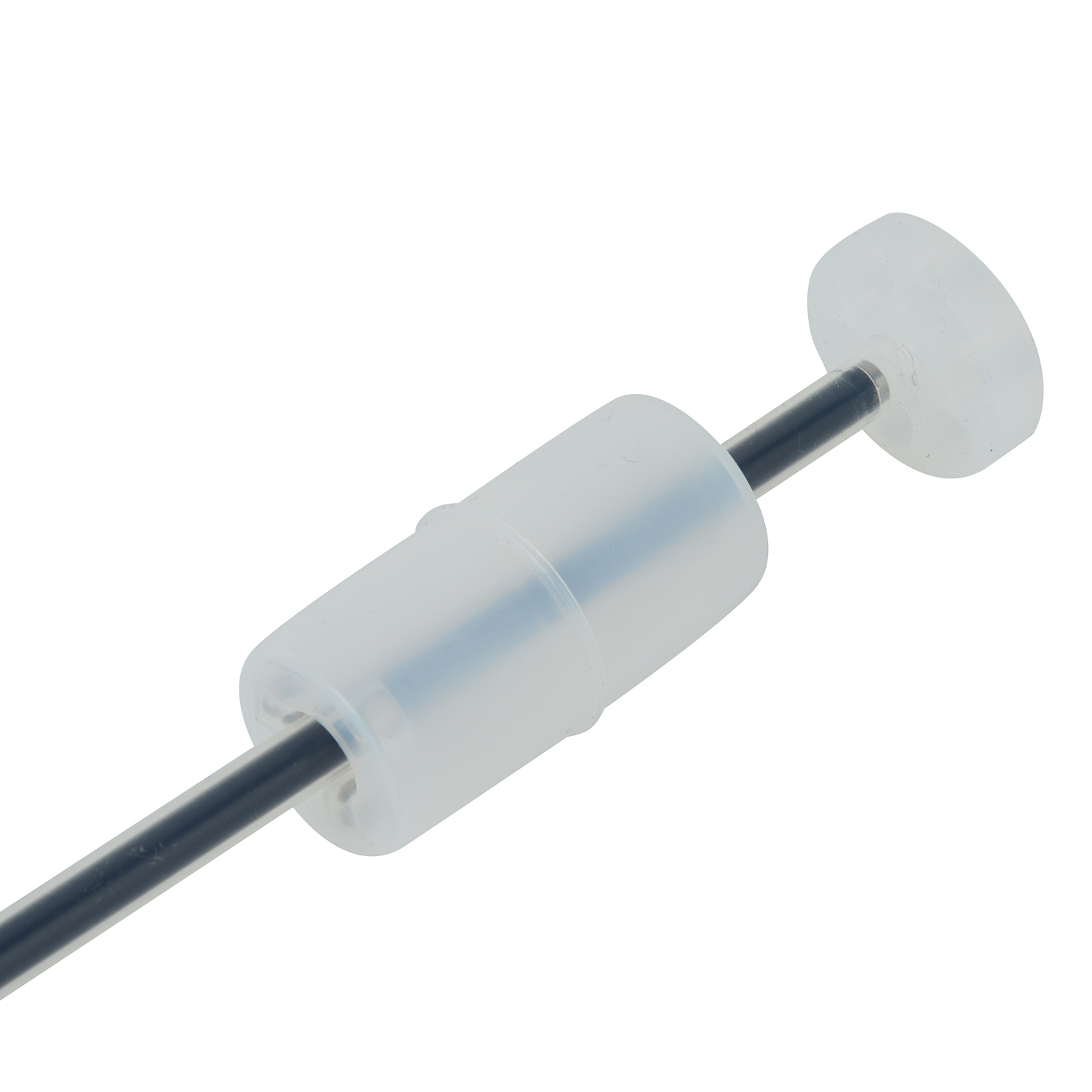
Understanding Magnetostrictive Sensor Technology
Magnetostrictive level transmitters operate using the magnetostrictive principle, where a current pulse generates a magnetic field along a waveguide. When this field interacts with a permanent magnet in the float, it creates a torsional wave that precisely determines liquid level position. Understanding this working mechanism is fundamental to performing accurate calibration procedures.
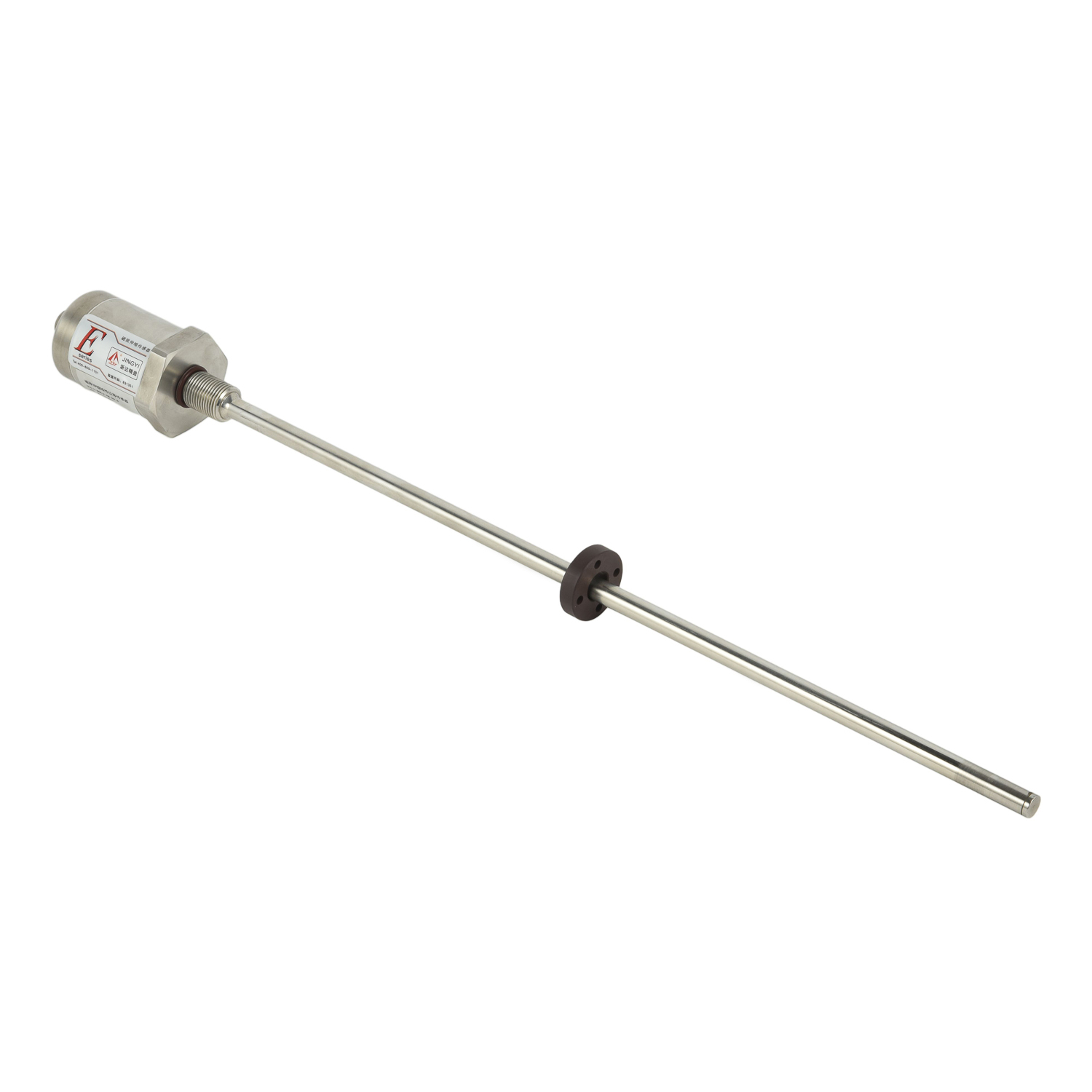
Pre-Calibration Preparation and Safety Measures
Before beginning the calibration process, gather all necessary equipment including a calibrated master, appropriate tools, and personal protective equipment. Always follow lockout-tagout procedures and ensure the process is isolated. Verify the sensor's specifications and have the manufacturer's documentation readily available for reference during the calibration sequence.
Zero Point Calibration Procedure
To establish the zero reference point, position the float at the lowest measurable level or empty tank condition. Using the transmitter interface or HART communicator, set the current output to 4mA or the digital value to zero. This critical step ensures the sensor accurately detects the minimum level in your specific application configuration.
Span Calibration and Range Setting
For span calibration, position the float at the maximum level or upper range value. Adjust the transmitter output to 20mA or the corresponding digital value. Modern magnetostrictive sensors often feature digital interfaces that simplify this process through guided calibration wizards, ensuring precise range setting for your particular vessel dimensions.
Temperature Compensation Adjustment
Magnetostrictive sensors are sensitive to temperature variations that can affect measurement accuracy. Perform temperature compensation by comparing sensor readings against known standards at different process temperatures. Many advanced models include automatic temperature compensation, but manual verification remains essential for critical applications.
Verification and Documentation
After completing calibration, verify accuracy by checking multiple points across the measurement range. Document all calibration data including date, technician, reference standards used, and final accuracy values. Maintain comprehensive records for regulatory compliance and future calibration reference, ensuring consistent performance over time.
Troubleshooting Common Calibration Issues
Common calibration challenges include signal interference, mechanical binding, and electronic drift. Implement systematic troubleshooting by verifying electrical connections, checking for mechanical obstructions, and ensuring proper grounding. Regular maintenance and environmental protection significantly reduce calibration-related problems in industrial settings.
Best Practices for Ongoing Sensor Performance
Establish a preventive maintenance schedule based on process conditions and manufacturer recommendations. Regular verification checks between formal calibrations help maintain optimal performance. Implement condition monitoring where possible, and train personnel on proper handling procedures to extend sensor lifespan and maintain calibration integrity.
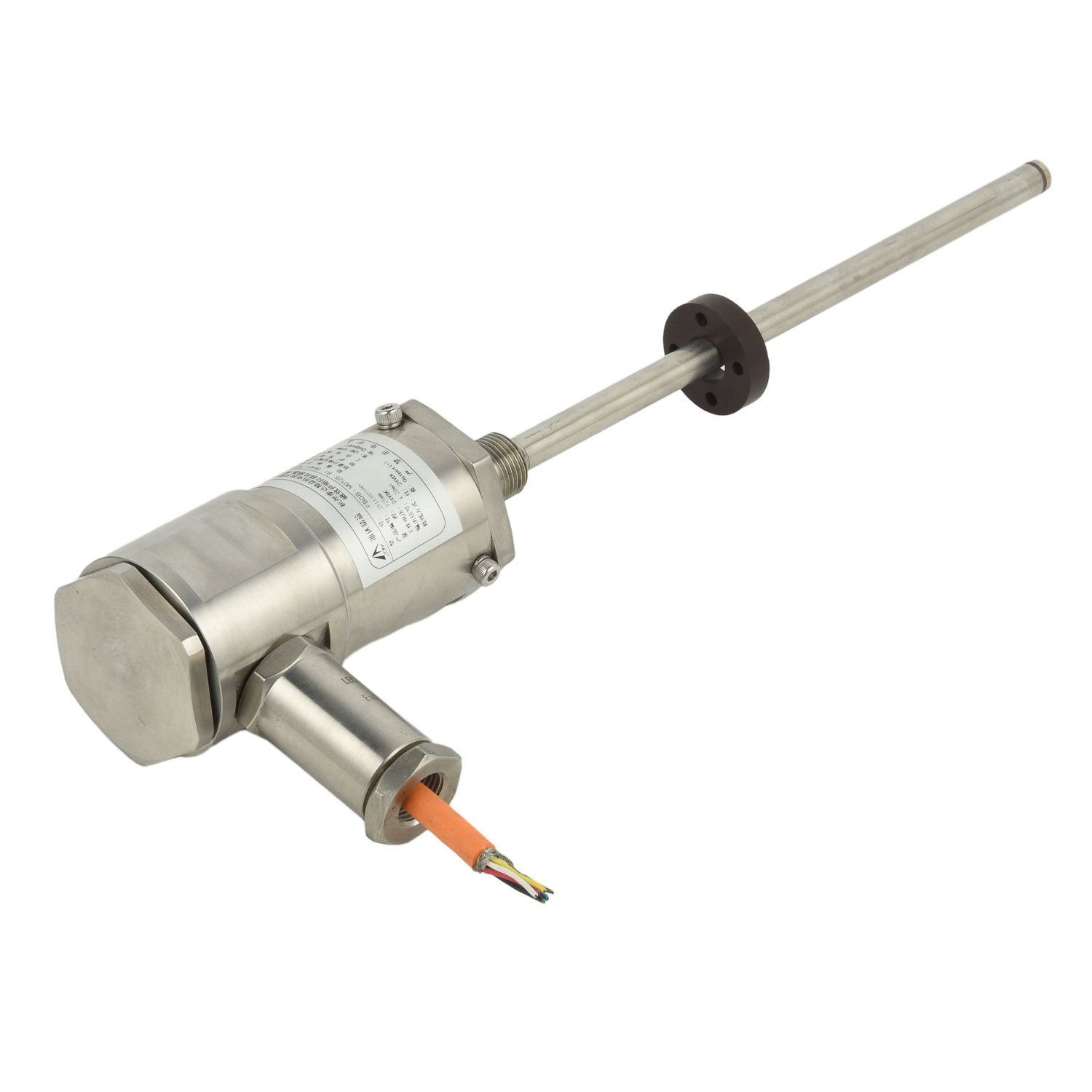 UpgradingYourLevelMeasurementS
UpgradingYourLevelMeasurementS
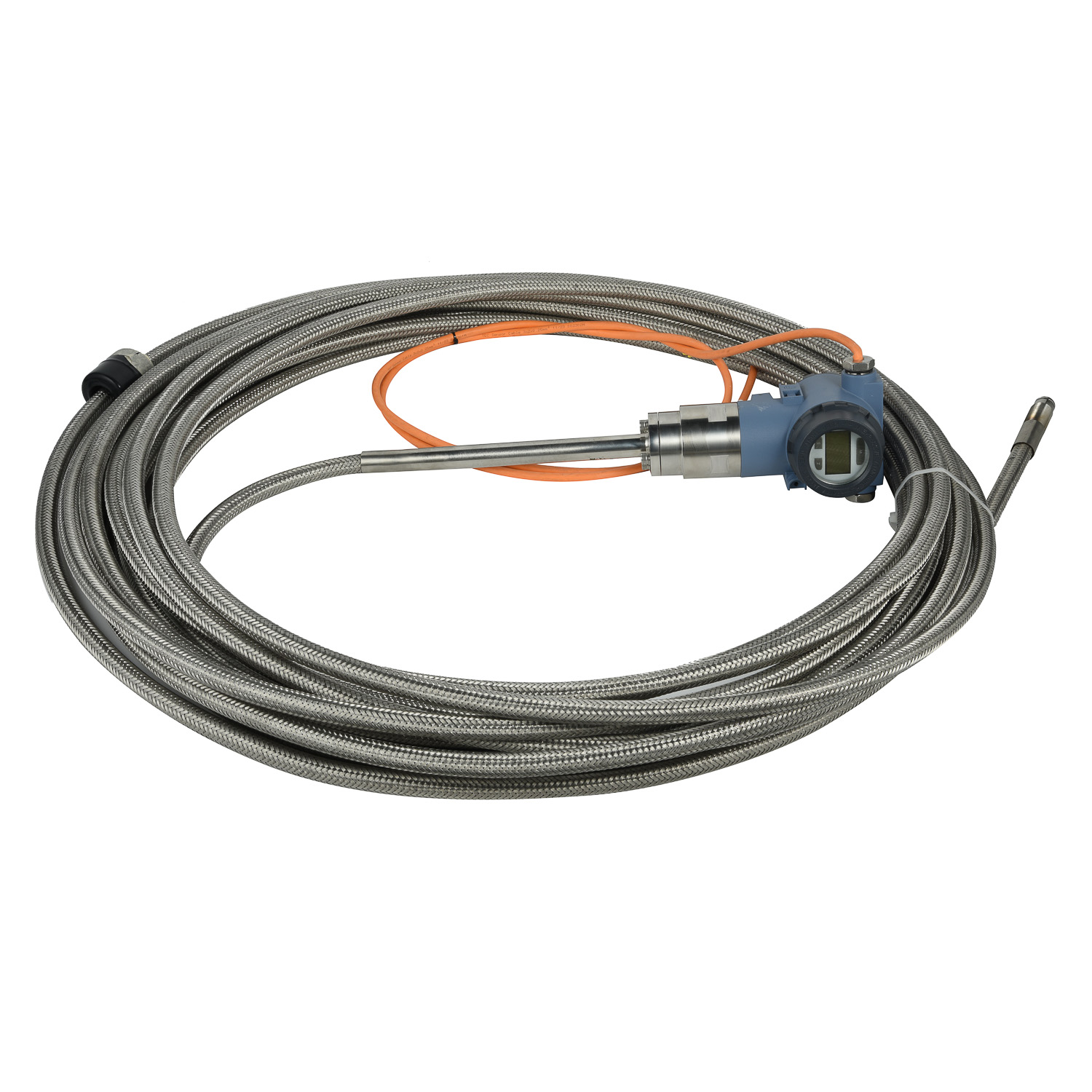 Why are magnetostrictive level
Why are magnetostrictive level
 ComparingMagnetostrictiveandRa
ComparingMagnetostrictiveandRa
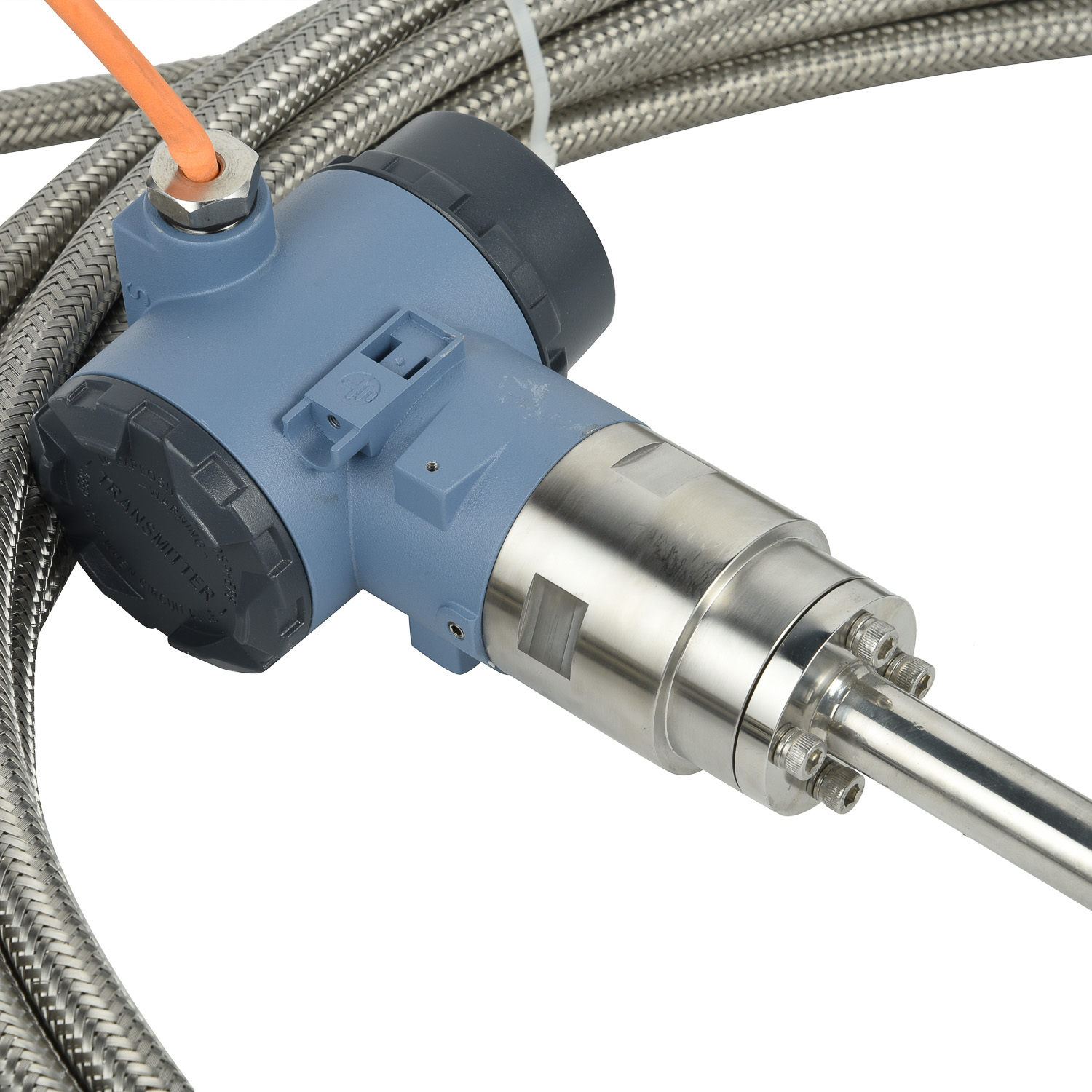 MagnetostrictiveLevelSensorfor
MagnetostrictiveLevelSensorfor
